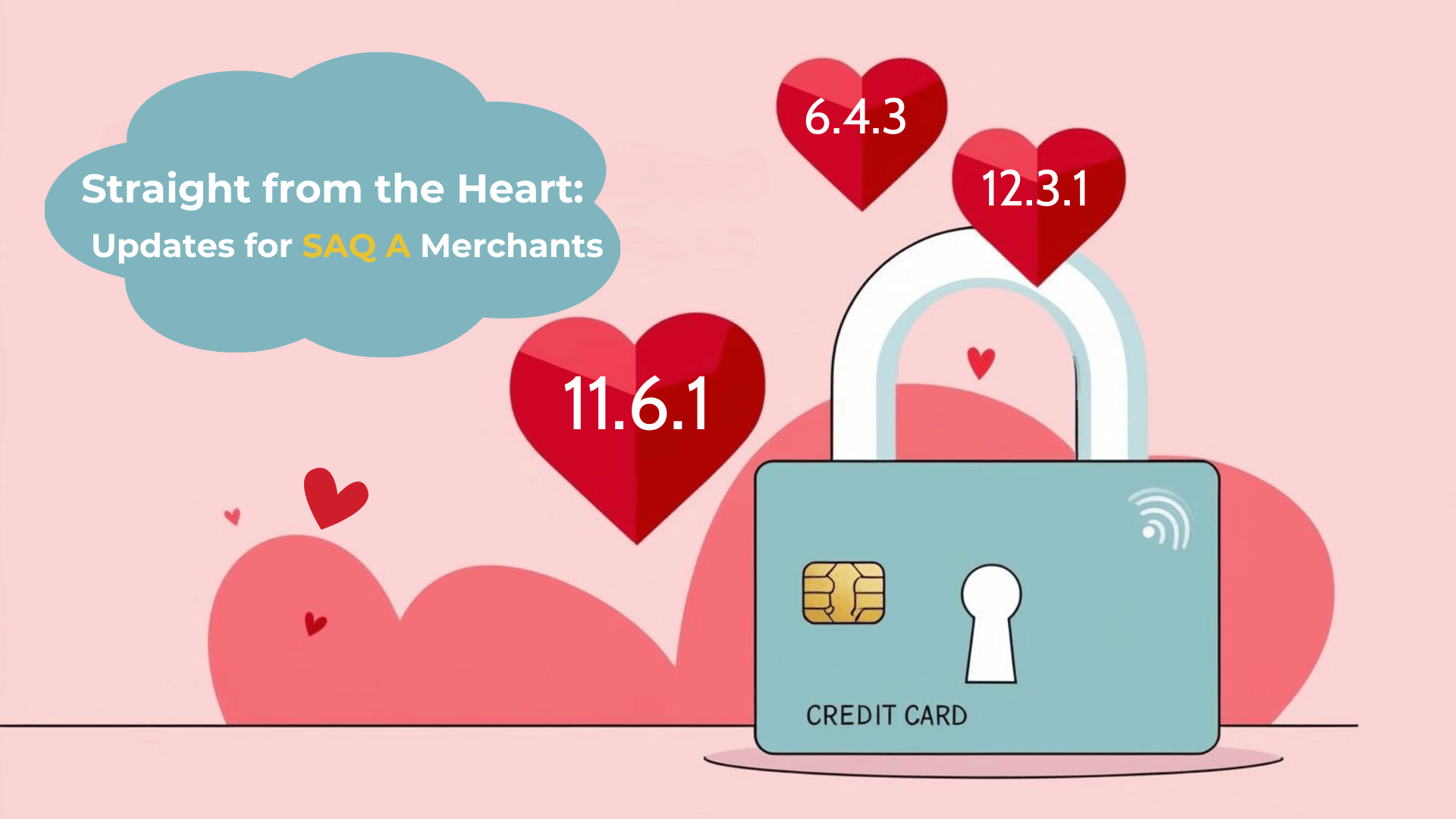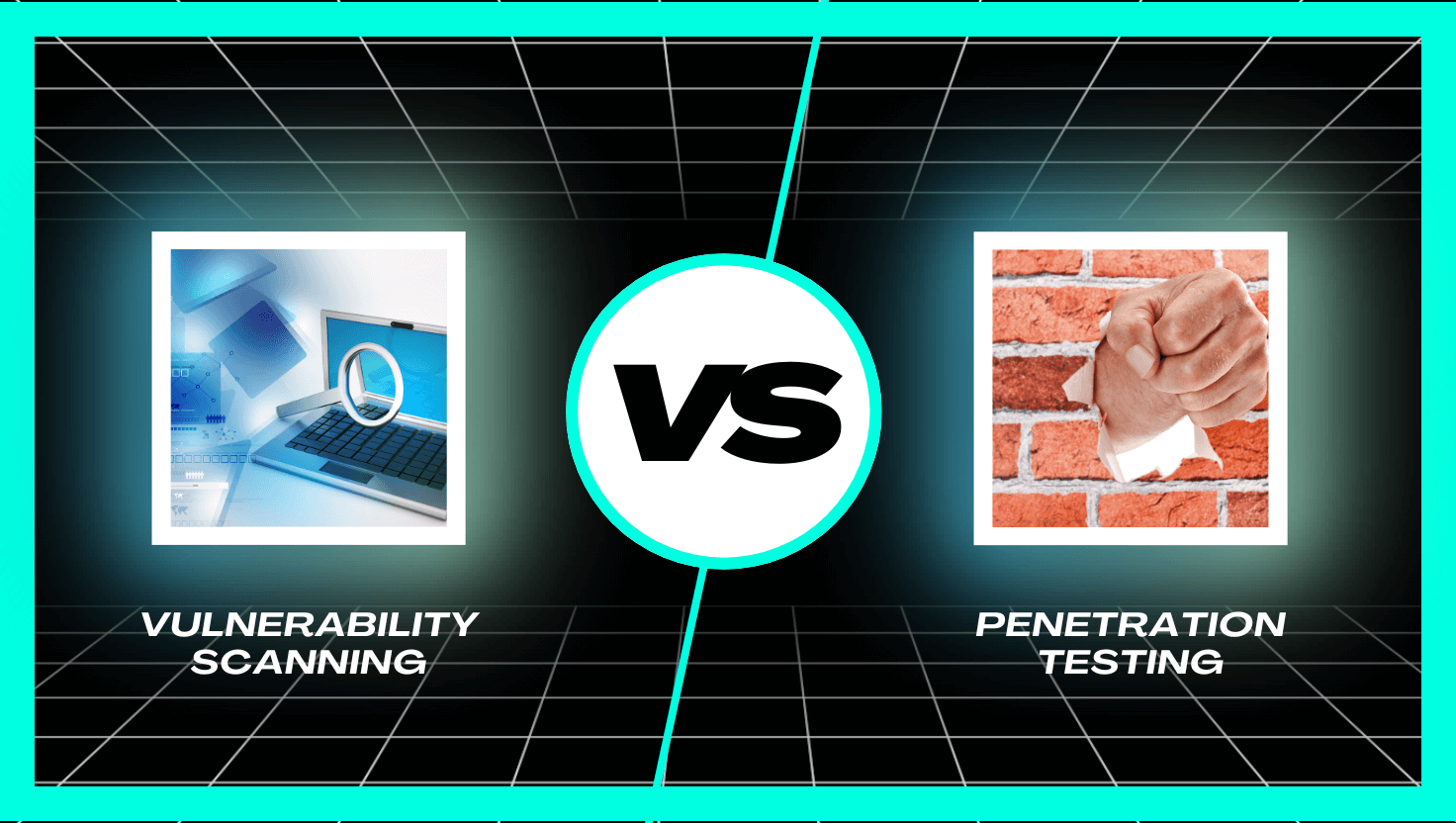PCI DSS SAQ A Update: Changes We Didn’t See Coming
The Payment Card Industry Security Standards Council (PCI SSC) has recently announced significant modifications to the Self-Assessment Questionnaire A (SAQ A), particularly affecting e-commerce merchants who have fully outsourced their payment processing to PCI DSS-validated third-party service providers. These changes, effective from March 31, 2025, aim to simplify compliance while maintaining robust security measures.
Understanding the Original Requirements
In PCI DSS version 4.0.1, several requirements were introduced to enhance e-commerce security:
- Requirement 6.4.3: This mandated that merchants ensure the integrity of their payment pages by managing changes through a formal process. The goal was to prevent unauthorized modifications that could lead to data breaches, a common vulnerability in dynamic e-commerce environments.
- Requirement 11.6.1: This required the implementation of mechanisms to detect and prevent tampering with payment pages, aiming to thwart attacks such as formjacking, where malicious scripts capture sensitive payment information.
- Requirement 12.3.1: This called for a targeted risk analysis to support the implementation of Requirement 11.6.1, ensuring that merchants thoroughly assessed potential vulnerabilities in their payment processes. The goal was to encourage a proactive, rather than reactive, approach to security threats.
Why Were These Requirements Introduced?
These requirements were established in response to the increasing sophistication of cyber-attacks targeting e-commerce platforms. By enforcing strict controls over payment page integrity and implementing proactive monitoring, the PCI SSC aimed to mitigate risks associated with unauthorized access and data breaches. Requirements like 6.4.3 and 11.6.1 were designed to combat specific threats, including:
- Magecart Attacks: Where cybercriminals inject malicious code into e-commerce websites to skim payment card details during transactions. These attacks often go unnoticed, compromising sensitive customer information over extended periods.
- Formjacking: Involves intercepting sensitive information entered into online forms, often undetectable by both merchants and consumers. Cybercriminals exploit vulnerabilities in third-party services or unsecured scripts.
- Cross-Site Scripting (XSS): Attackers inject malicious scripts into otherwise trusted websites, potentially compromising payment information when users interact with affected web pages.
These threats highlighted the need for stringent controls around payment page integrity, especially as businesses increasingly rely on third-party scripts and external service providers.
The Recent Changes: What’s Different Now?
After receiving feedback from industry stakeholders regarding the complexity of implementing these e-commerce security requirements, the PCI SSC has announced the following updates for merchants validating to SAQ A:
- Removal of Specific Requirements:
- Elimination of Requirements 6.4.3 and 11.6.1: These requirements have been removed from SAQ A to reduce complexity for merchants whose payment processing is entirely outsourced to PCI DSS-validated third-party service providers. This change reflects the understanding that these third parties are already held to stringent security standards.
- Elimination of Requirement 12.3.1: Since Requirement 11.6.1 has been removed, the associated risk analysis requirement (12.3.1) is no longer necessary. This streamlines the process for SAQ A merchants without undermining the overall security framework.
- Addition of New Eligibility Criteria:
- Script Attack Vulnerability Confirmation: Merchants must now confirm that their websites are not susceptible to attacks from scripts that could affect their e-commerce systems. This emphasizes the importance of securing the client-side environment, even when payment functions are outsourced.
Are These Requirements Gone for Good?
Here’s the key takeaway: these requirements are not completely gone—they’re just no longer part of SAQ A. They remain active within the broader PCI DSS framework. This means that while SAQ A merchants won’t need to validate against them, businesses handling payment data directly or using other SAQ types may still be subject to these controls.
This distinction is crucial. For businesses with more complex payment environments or direct cardholder data processing, these security controls are still relevant and enforceable. Their removal from SAQ A simply reflects a more tailored approach for merchants who rely entirely on third-party service providers.
Why the Change?
The PCI SSC recognized that the stringent requirements initially imposed might not be practical for merchants who do not handle payment data directly. By removing these specific requirements, the Council aims to streamline compliance efforts for such merchants while still emphasizing the importance of website security against script-based attacks.
This shift also reflects the feedback from the merchant community, who found the implementation of these requirements burdensome without offering proportional security benefits for their specific environments. It’s an example of how industry standards evolve based on real-world input and changing threat landscapes.
Implications for Merchants
While these changes simplify certain aspects of compliance, merchants must remain vigilant:
- Website Security: Even with outsourced payment processing, the merchant’s website can be a target for malicious scripts. Regular vulnerability assessments and the implementation of security measures, such as Content Security Policies (CSP), are essential.
- Third-Party Dependencies: Relying on third-party providers doesn’t eliminate security responsibilities. Merchants should actively manage these relationships, ensuring providers maintain their PCI DSS compliance and robust security practices.
- Compliance Validation: The updates may reduce the effort required for SAQ A completion, but they don’t eliminate the need for thorough self-assessment. Merchants must accurately document their security posture and confirm adherence to applicable requirements.
Actionable Steps for Merchants
- Assess Website Security:
- Conduct Regular Vulnerability Scans: Regularly scan your website to identify and address vulnerabilities that could be exploited by malicious scripts.
- Implement Content Security Policies (CSP): Use CSPs to control which resources the browser is allowed to load, mitigating the risk of unauthorized scripts.
- Use Subresource Integrity (SRI): Protect against compromised third-party scripts by ensuring only trusted versions are executed.
- Collaborate with Third-Party Providers:
- Verify PCI DSS Compliance: Ensure all third-party service providers involved in payment processing are PCI DSS compliant.
- Establish Clear Communication Channels: Maintain open communication with TPSPs to address security concerns promptly.
- Regular Compliance Reviews: Periodically review third-party compliance documentation and security practices.
- Stay Informed and Engaged:
- Participate in PCI SSC Community: Engage with the PCI SSC community to stay updated on the latest developments and contribute to the evolution of security standards.
- Consult with Compliance Enforcing Entities: Work closely with acquiring banks, payment brands, and other compliance enforcing entities to ensure your validation processes align with the latest requirements.
- Develop a Robust Incident Response Plan:
- Preparation is Key: Even with strong preventive measures, security incidents can occur. A well-defined incident response plan ensures quick, effective action to mitigate potential damage.
- Regular Testing: Conduct tabletop exercises and simulations to validate the effectiveness of your incident response procedures.
- Employee Training and Awareness:
- Security Awareness Programs: Educate staff about common cyber threats and safe practices to reduce the risk of human error.
- Phishing Simulations: Regularly test employee responses to simulated phishing attacks to reinforce awareness and preparedness.
Best Practices for Future-Proofing Your Business
- Beyond Compliance—Building a Security-First Culture: Compliance does not equal security. Embed security into your business practices by promoting awareness, conducting regular training, and encouraging proactive risk management.
- Security Tools and Technologies: Implement tools like Web Application Firewalls (WAFs), intrusion detection systems (IDS), and real-time monitoring solutions to detect anomalies.
- Third-Party Risk Management: Vet and manage third-party vendors carefully, ensuring they adhere to strict security standards even if they handle payment processing on your behalf.
- Continuous Improvement: Security threats evolve rapidly. Regularly review and update your security policies, procedures, and technologies to stay ahead of emerging risks.
Expert Insights and Industry Trends
Cybersecurity experts emphasize that while compliance frameworks provide a baseline, real security comes from understanding and mitigating risks proactively. The rise of sophisticated threats like e-skimming, supply chain attacks, and zero-day vulnerabilities underscores the need for continuous vigilance.
Key Trends to Watch:
- Increased Focus on Client-Side Security: As attacks shift towards front-end vulnerabilities, expect more emphasis on securing the browser environment.
- Integration of AI and Automation: Leveraging advanced technologies to detect and respond to threats faster and more effectively.
- Stronger Vendor Oversight: With third-party risks on the rise, organizations are adopting more rigorous vendor management practices.
Conclusion
The recent updates to SAQ A reflect the PCI SSC’s commitment to balancing security needs with practical compliance measures. By proactively assessing website security, collaborating with third-party providers, and staying informed about industry developments, merchants can navigate these changes effectively and continue to protect cardholder data.
For a detailed overview of the updates, refer to the official announcement by the PCI Security Standards Council: PCI SSC Blog.




